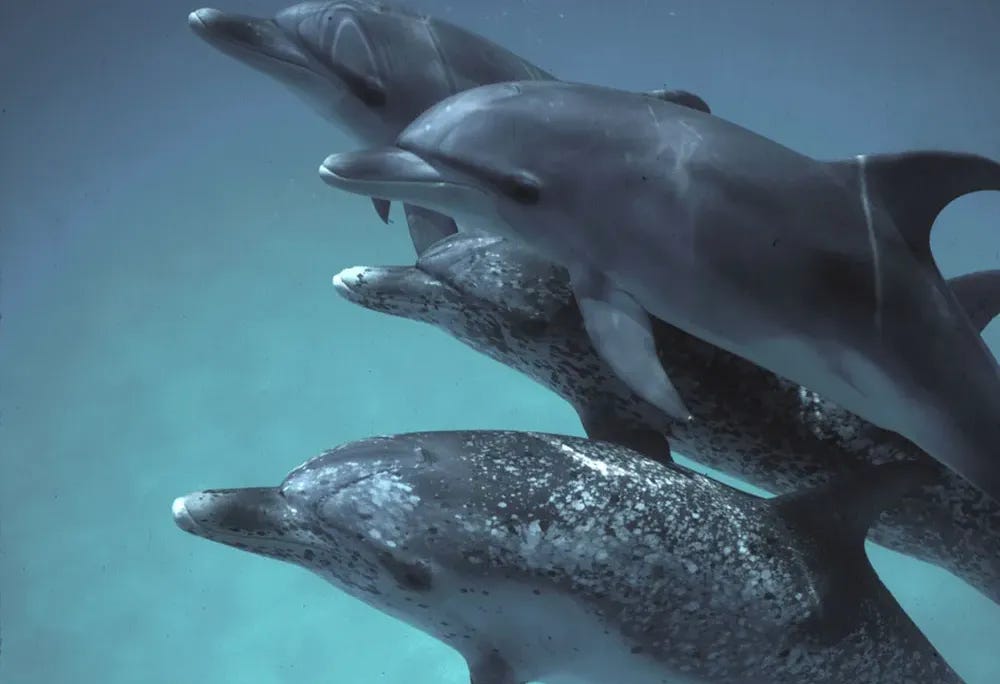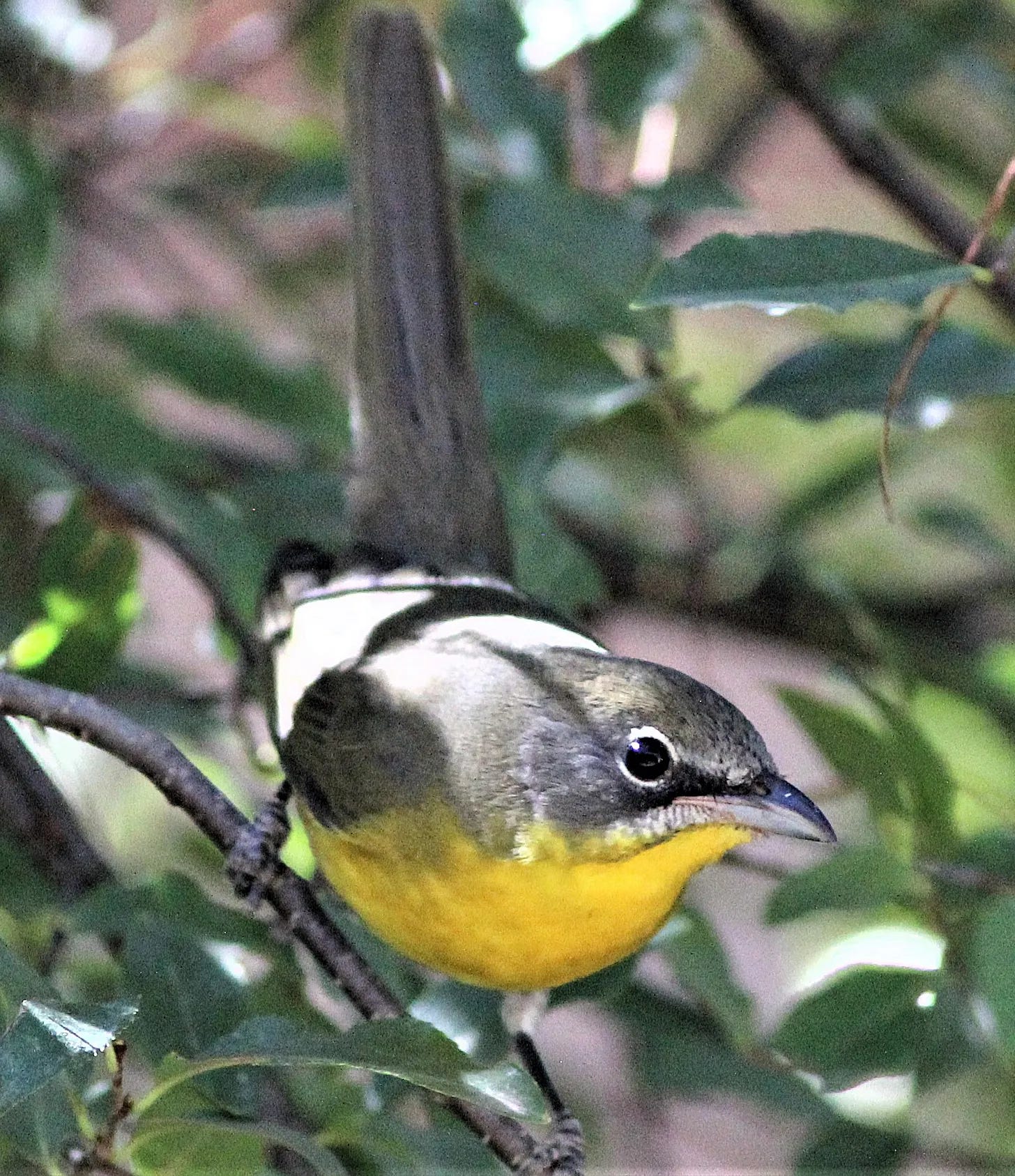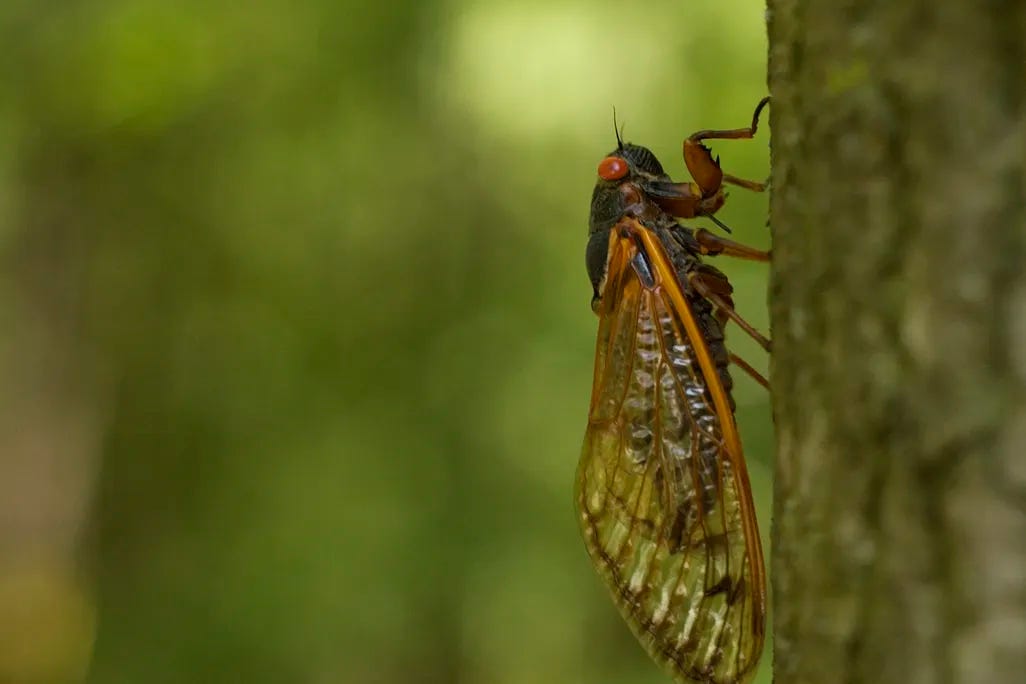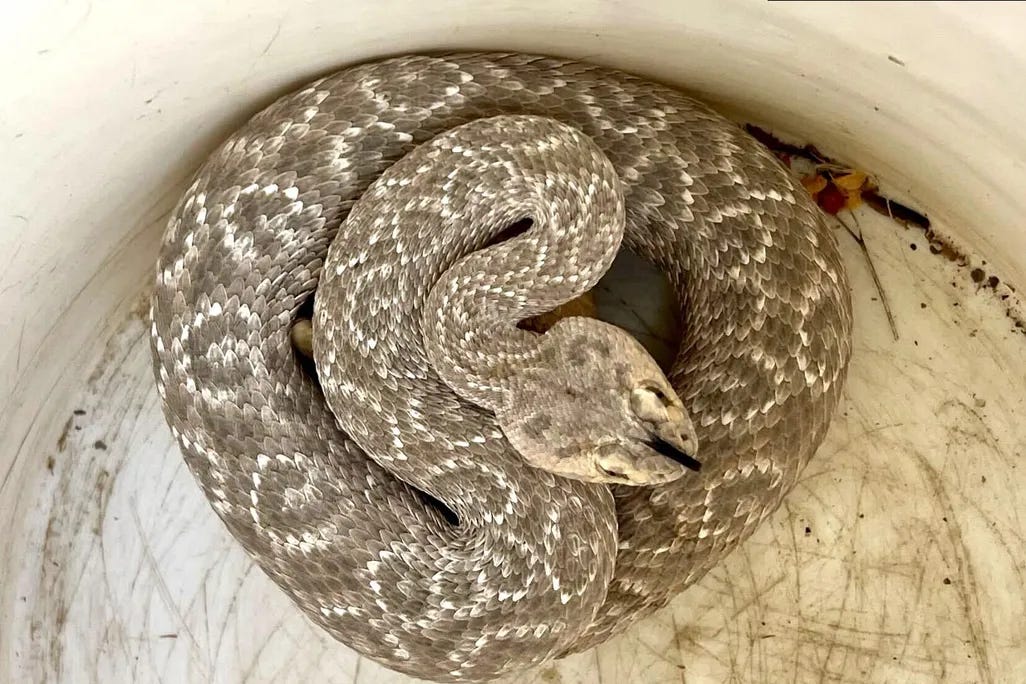Mini the Jaguar is Released in Argentina; Australia Shoots Hundreds of Koalas from Helicopters and more wildlife news
May 2025
Articles I found most interesting from May wildlife reading …
To all readers, thanks for sticking with me! To all new subscribers, thank you for subscribing!
I remain committed to getting back to more regular wildlife writing, but still rather overwhelmed with competing priorities.
Mini the Jaguar is Released in Argentina
After being hunted through the centuries by ranchers, losing natural prey and through habitat degradation, the majestic jaguar all but disappeared from Argentina. In 2019, a park ranger found tracks of a male jaguar and then another one – but no females.
But now female jaguar Mini has been released in El Impenetrable National Park in Argentina’s Gran Chaco in what Christine Tompkins of Tompkins Conservation describes as a “Hail Mary pass” for conservation. The Gran Chaco, an area of 1 million sq. km, has only 10 confirmed jaguars. “The Chaco is second only to the Amazon in terms of ecological importance in South America, though it is largely unknown and undefended,” according to the Tompkins Conservation website.
Mini joins two other female jaguars released in El Impenetrable National Park by Rewilding Argentina in a jaguar recovery effort for the region.
Watch video here. Read more here.
New AI Model May Decode Dolphin Talk
Forty years of vocalizations collected from an Atlantic spotted dolphin pod is the basis for a new AI model that is expected to contribute to deciphering the communications and perhaps lead to dolphin-to-human/human-to-dolphin chats.
Smithsonian Magazine reports that Google “will release DolphinGemma as an open-source model this summer, which will allow researchers to use it with other dolphin species.”
Read full story here.
Australia Shoots to Kill Hundreds of Koalas from Helicopters
After about 8 ½ square miles were burned in Australia’s Budj Bim National Park, the government euthanized somewhere between 600 and 700 koalas by shooting them from helicopters. Officials said that the devastated fire area included a large manna gum canopy that was a main food source for the koalas.
Lisa Palma of Wildlife Victoria supported the aerial culling, stating that “it is not appropriate to have wildlife suffering for weeks. [We support] appropriate and humane action to kindly and safely euthanize them if there’s no hope for those animals.”
It was reported that “most fit and well koalas have relocated to other areas of the park, and most of the animals that remain in the burn zone are compromised.”
The cull has been controversial, along with the overall management of the area and treatment of the koalas.
Read more here.
Carnivorous Caterpillar Dons Dead Insect Parts to Trick Spiders
Dubbed the “bone collector,” a newly discovered species of moth, found only in Hawaii on Oahu, disguises itself as larva by covering itself with insect parts. It then enters a spider’s web to eat the spider’s “weakened or dead catch.”
Full story here.
Recommended reading on Substack (besides mine, of course!):
The Big Yard:
Notes from a Pajama Birdwatcher
North American Bird Numbers Drop
“Bird populations across North America are falling most quickly in areas where they are most abundant, according to new research, prompting fears of ecological collapse in previously protected areas.”
Story here.
Cicadas Are Emerging after 17 Years
After spending 17 years underground as nymphs, billions of cicadas from Brood XIV are starting to arise in states in the Eastern half of the U.S., including Georgia, Massachusetts, Ohio, Pennsylvania and Tennessee.
According to entomologist Gene Kritsky, “Brood XIV is the same brood that was first recorded in 1634 by the pilgrims in the Plymouth colony. And there it is, still emerging in Plymouth.”
Once cicadas surface, the nymphs molt, become winged adults and send out their loud mating calls. After mating, they lay eggs and die quickly. The offspring head back underground for the next 17 years.
Cicadas are important to ecosystems for aerating soil, serving as food for other species and providing the soil nitrogen and other nutrients as they decompose.
Read more here.
‘Unique Mutation in the Wild’
Eye-catching rattlesnake in Arizona sports “leopard spots,” likely a result of genetic mutation.
More here.
Maria Fotopoulos writes about the connection between overpopulation and biodiversity loss, and occasionally other topics that confound her.
Buy me a cup of coffee, and you’ll help support wildlife writing! Thank you.
Need a gift? For you or someone else?
Check out colorful new wildlife coasters.
Shop here.
Your purchase supports my wildlife writing.
Thank you!!!
Scan & Share this Site with Like-Minded Wildlife Enthusiasts!















